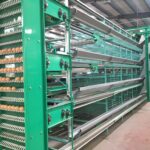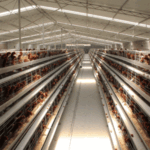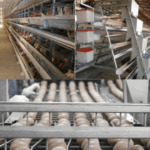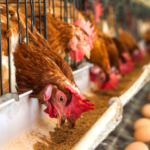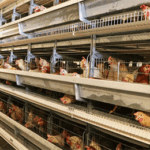The advantages of using a layer cage
The hens and chickens in the poultry feeding equipment are the choice of the current farmers. The reason why they are loved by the farmers is that the laying hens in the hens can not only save the area occupied, but also enable the farmers to breed more. Chickens, chickens can also be caged to prevent the occurrence of infectious diseases, laying hens and chicken cages provide a comfortable environment for the chickens, but also accelerate their growth and more eggs, is an option.
Now let me tell you what are the advantages of laying chicken cages for laying chicken equipment?
1. Save space. There are only 5 chickens per square meter in the house, and 15-25 in the cage, which is 3-5 times more than the chickens. Generally, the flat chicken house has a playground that is twice as large as the chicken house. Each flat chicken is 6-10 times larger than the cage.

2. Save feed. The caged laying hens have less activity, the winter density is high, the house temperature is higher, and the chicken body is used to maintain less energy. Generally, the chickens are eaten 1-2 times less than the flat chickens.
3. Save labor. When raising the feed, the chickens are called back, it is very difficult to feed, the caged chicken rings are in the cage, feeding along the line in front of the cage, adding water, quail eggs, observing chickens, catching chickens, etc. Convenient, no need to lay grass or soil washers, clearing the dung is also more trouble-free, is to feed hundreds of chickens, and it will not take much time every day.
4. Conducive to disease prevention. Chickens are kept in the cage and do not touch the stalks, so the chance of contracting the disease is greatly reduced. The eggs laid are not in contact with grass, soil, and feces, and the surface is very clean. The house does not cover the grass, the dust is less, and the environment is relatively clean. Pure feces are removed from the cage, which can be used as feed after drying at high temperature. It contains a lot of non-protein nitrogen, which is especially suitable for feeding ruminant livestock – cattle and sheep.


